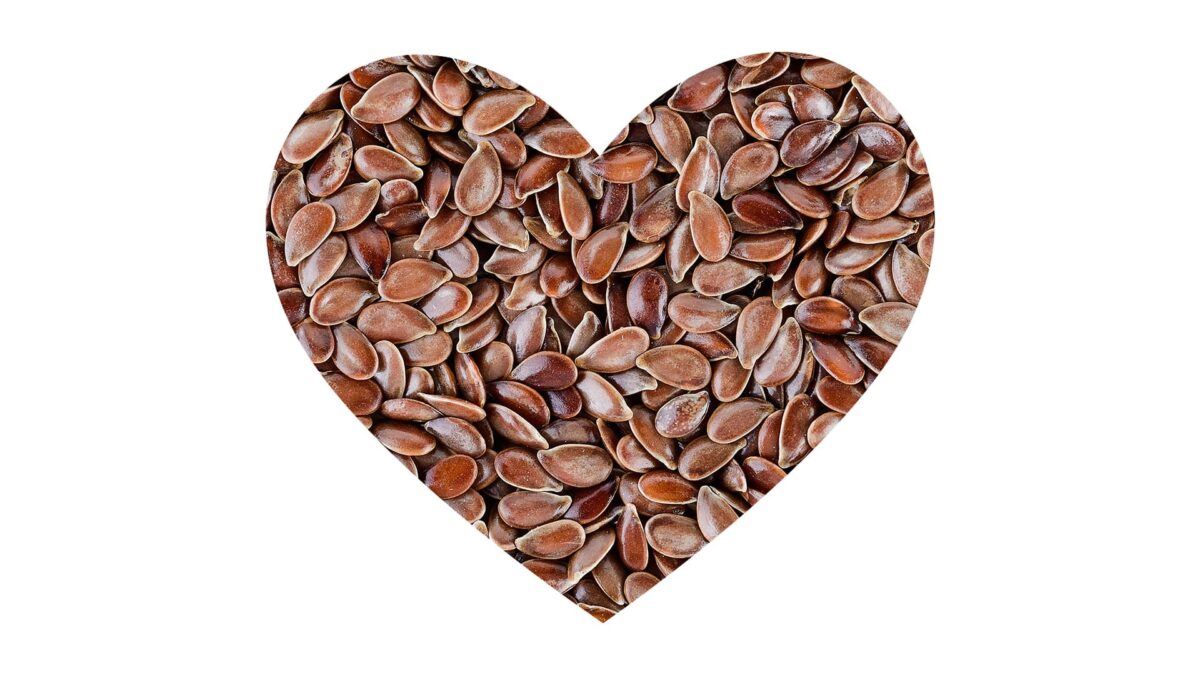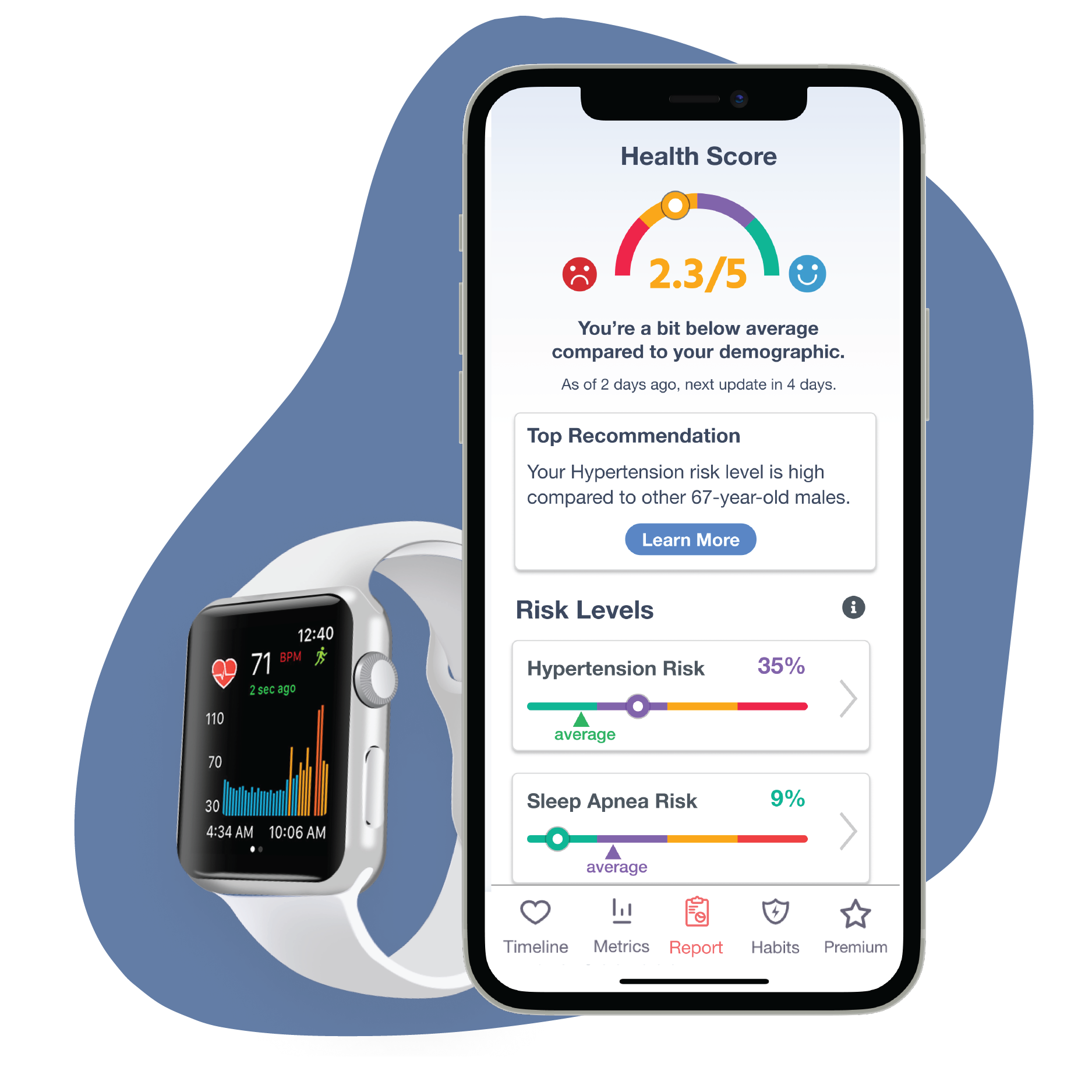It’s long been known just how beneficial omega-3 fatty acids are for heart health. They can help to ward off cardiovascular disease, reduce risk of stroke and diabetes, and lower blood pressure.
While most people immediately think of fish as the primary source of this essential nutrient, more and more research shows that there’s another plant-based option: Flaxseed!1
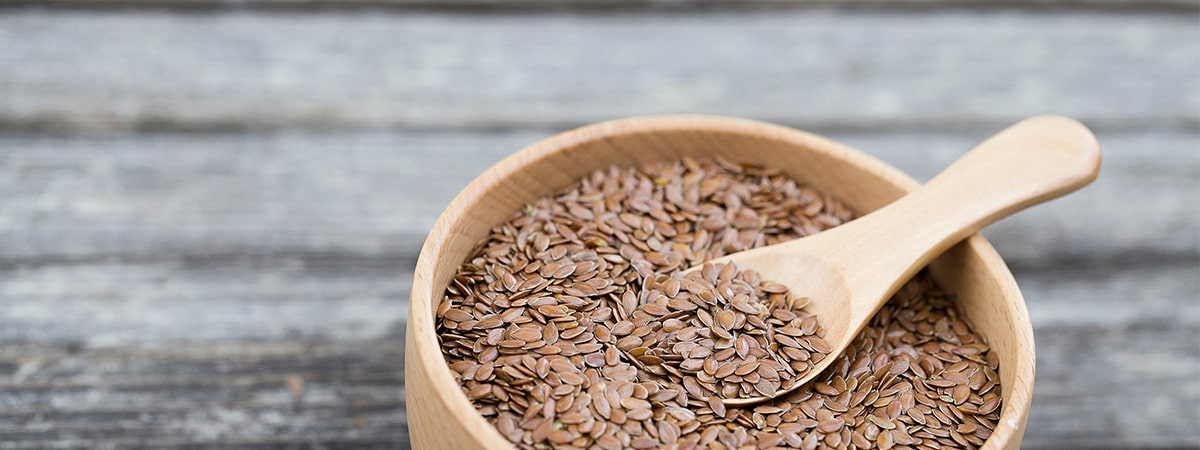
What is Flaxseed?
Flax seeds come from the flax plant, which humans are guessed to have been eating since 9,000 BC. The plant has a beautiful blue flower when in bloom, and the seeds are brown or yellow in color. The seeds are desirable for their many health benefits on top of their delicious, nutty taste.
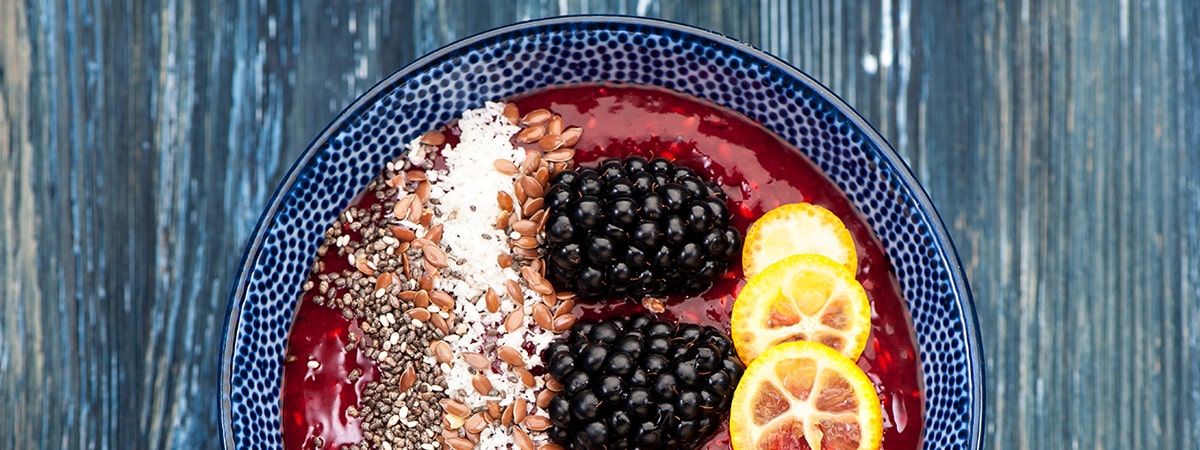
Flaxseed benefits the heart on many levels, namely due to its high levels of alpha-linolenic acid (ALA), which is the essential omega-3 fatty acid that’s also found in fish. In fact, it’s the richest source of ALA in the standard Western diet. Once ingested, the ALA is converted into eicosapentaenoic acid (EPA) and docosahexaenoic acid (DHA), which are known for their ability to fight heart-disease. Studies have shown that ALA levels tend to rise a short two weeks after participants started adding flaxseed to their daily regimen.1
Another beneficial element to flaxseed is its high levels of lignans, an antioxidant and phytoestrogen. Lignans, which are also known for preventing heart disease, are more prevalent in flaxseed than any other known plant foods.
Flaxseed benefits the heart in other ways as well, including2:
- Reducing inflammation
- Lowering blood pressure
- Reducing risk of stroke
- Lowering blood triglyceride levels
- Reducing clot formation in the arterial lining
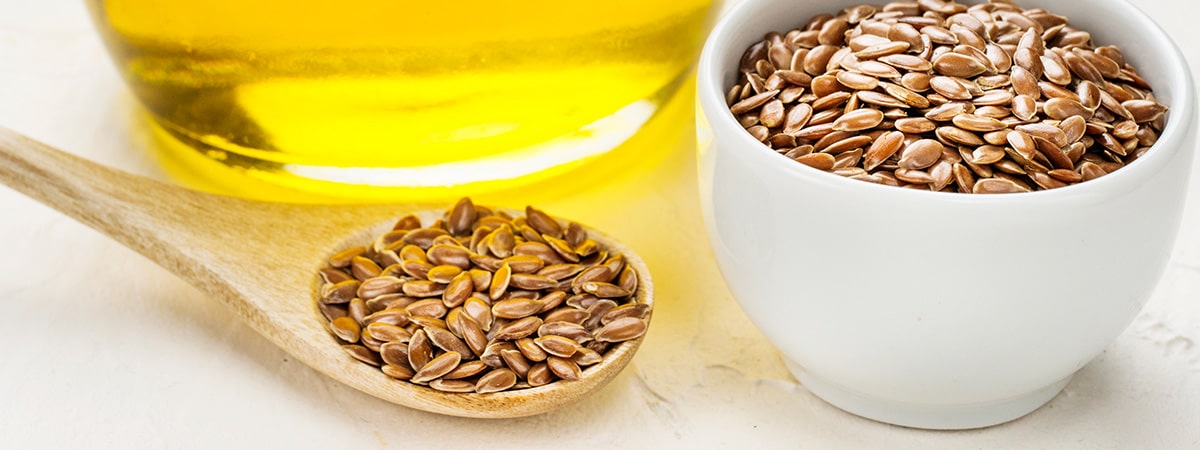
How Do I Use Flaxseed?
When you use whole flaxseed, you’re getting the added benefits of fiber, and can usually rest assured you’re getting flax in its freshest form. However, it has the least bioavailability of ALA than the other two forms.
You can add whole flax to just about anything you like, including your baking recipes or meatloaf, oatmeal, yogurt or soups. The hull that surrounds the seed protects it from excess oxygen exposure, which helps it from going rancid. However, the hull is difficult to digest. Because of this, grinding the whole flax is usually advised, which can be done with a grinder or blender.
Buying ground flaxseed can be most convenient because the grinding that helps to make it more digestible has already been done for you. And the ALA bioavailability in ground flax is greater than in whole.
Like whole flaxseed, ground flax can be added to just about any meal you’d like to add it to. Again, you can mix one or two tablespoons with yogurt, replace breadcrumbs with it, add it to smoothies, etc. You can also use it as a fat substitute in recipes that call for butter by using a 3:1 ratio (so, if one cup of butter is called for, you can use three cups of flaxseed instead), or as an egg replacement (for each egg, mix one tablespoon of flax with three tablespoons of water).
Consuming flaxseed in oil form gives you the greatest level of bioavailability to ALA. However, it lacks the fiber found in the whole and ground form, and it does go rancid the fastest and should be stored appropriately for that reason.
You should add about one to two teaspoons of flax oil to salad dressings, smoothies and soups to get adequate amounts of ALA.


